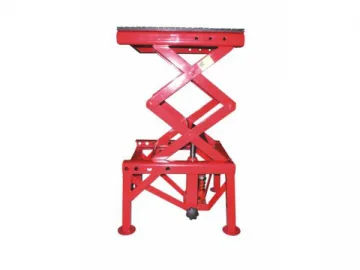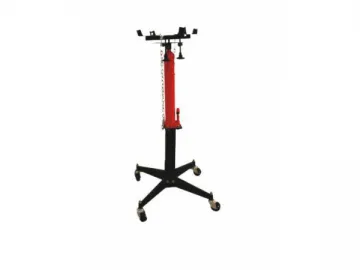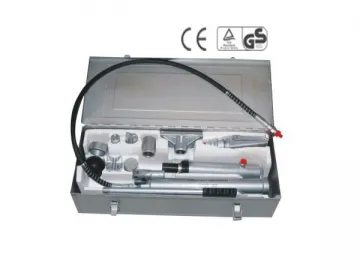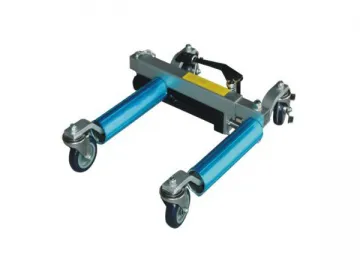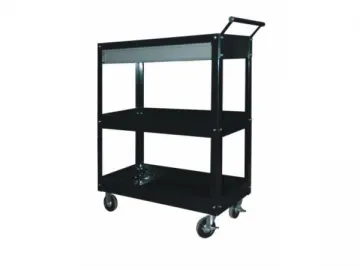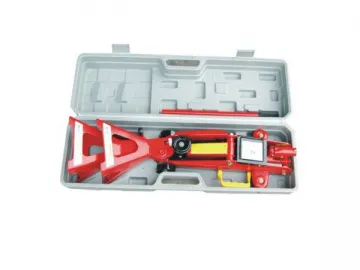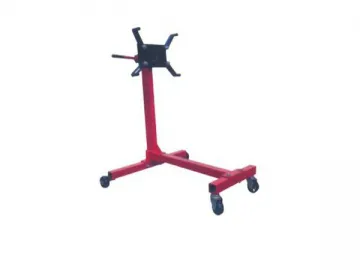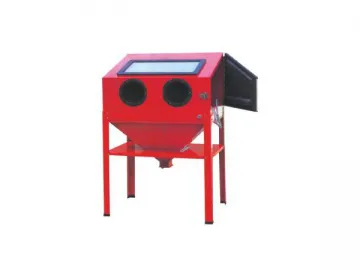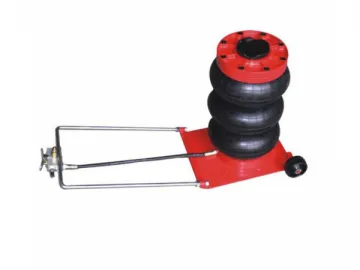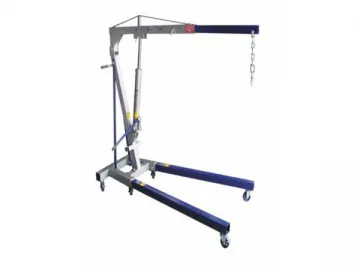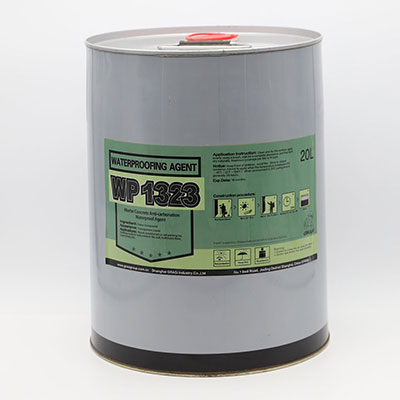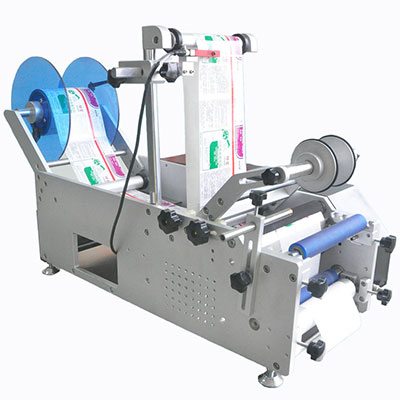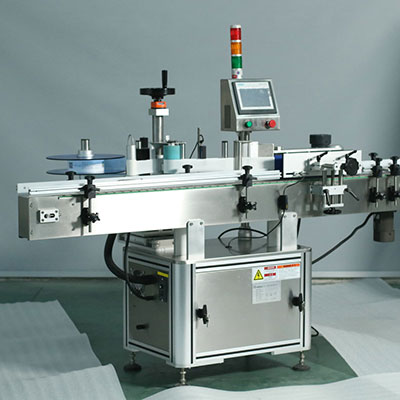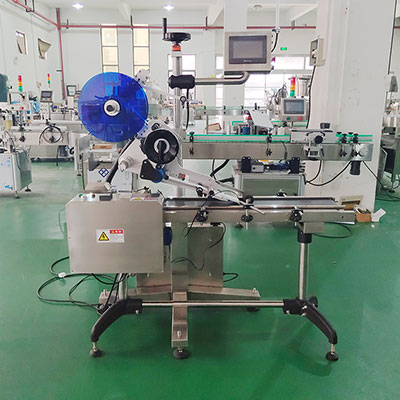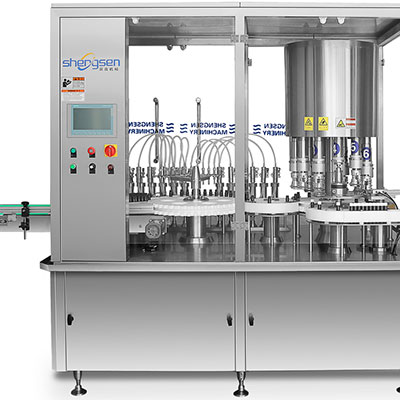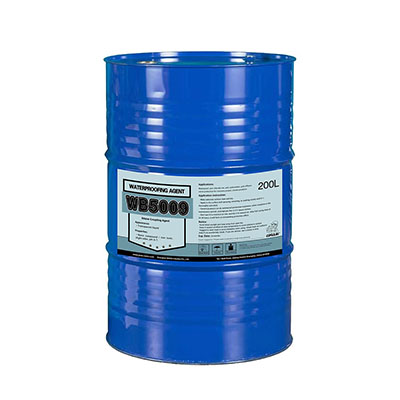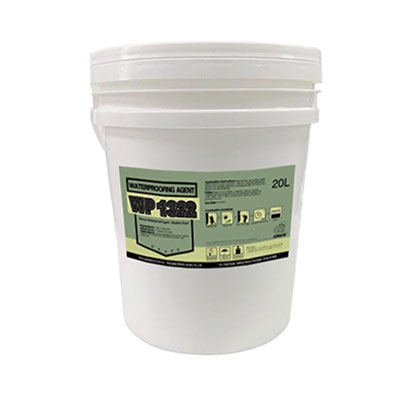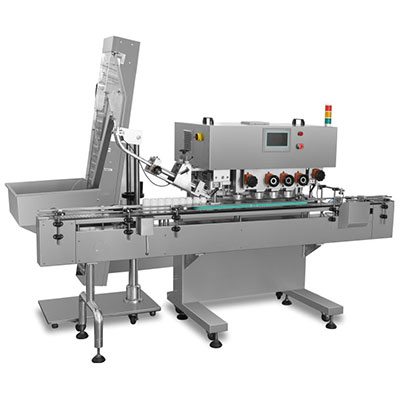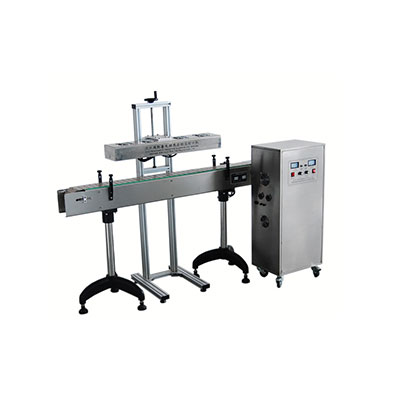Pipe Bender
Pipe Bender
| Model | Lifting Wt(ton) | Die size(mm) | N.W(kg) | G.W(kg) | Measurement(cm) | Quantity(CTN) | 20'Container(pcs) |
| PIP-01 | 12 | 1/2"、3/4"、1"、1-1/4"、1-1/2"、2" | 38 | 40 | 63.5*55*17 | 1 | 360 |
| PIP-02 | 16 | 1/2"、3/4"、1"、1-1/4"、1-1/2"、2"、2-1/2"、3" | 62.5 | 64.5 | 69*62.5*19 38.5*31.5*14.5 | 1/2 | 250 |
| PIP-03 | 12 | 1/2"、3/4"、1"、1-1/4"、1-1/2"、2" | 52 | 54 | 75*29*22 | 1 | 400 |
| PIP-04 | 16 | 1/2"、3/4"、1"、1-1/4"、1-1/2"、2"、2-1/2"、3" | 60 | 62 | 75*30*22 | 1 | 350 |
Working principle of Pipe Bender-Hydraulic Jack
Water or oil under pressure is commonly used as a source of power for manytypes of presses, riveting machines, capstans, winches, and other machines. Thehydraulic press, or hydrostatic press, was invented by Joseph Bramah and is therefore sometimes called the Bramah press. It consists essentially of two cylinders eachfilled with liquid and each fitted with a piston; the cylinders are connectedby a pipe also filled with the liquid. One cylinder is of small diameter, theother of large diameter. According to Pascal’s law, pressure exerted on thesmaller piston is transmitted undiminished through the liquid to the surface ofthe larger piston, which is forced upward. Although the pressure (force perunit of area) is the same for both pistons, the total upward force on thelarger piston is as many times greater than the force on the smaller piston asthe area of the larger piston is greater than the area of the smaller piston.If, for example, the smaller piston has an area of 2 sq in. and a force of 100 lb is exerted on it, then the force onthe larger piston having an area of 50 sq in. would be 2,500 lb (100×50/2=2,500). However, when thepistons move, the distance the smaller piston travels is proportionatelygreater than the distance the larger piston travels, satisfying the law ofconservation of energy. If the smaller piston moves 25 in., the larger one will only move 1 in. The hydraulic press is used, forexample, to form three-dimensional objects from sheet metal and plastics and tocompress large objects. 4 The hydraulic jack, also an application of Pascal’slaw, is used to exert large forces or to lift heavy loads. Like the hydraulicpress it consists essentially of two different-sized pistons contained incylinders that are connected by a pipe. When the smaller piston is moved backand forth by a handle connected to it, it pumps a liquid into the cylinder ofthe larger piston, forcing the larger piston to move. In this way a weak forceapplied to the smaller piston can raise a heavy load on the larger one. Thehydraulic elevator is also an application of Pascal’s law.
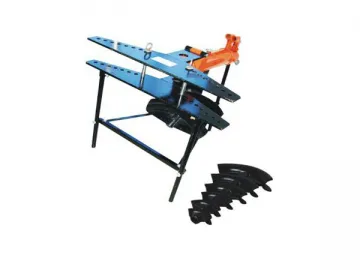
Links:https://globefindpro.com/products/100720.html
